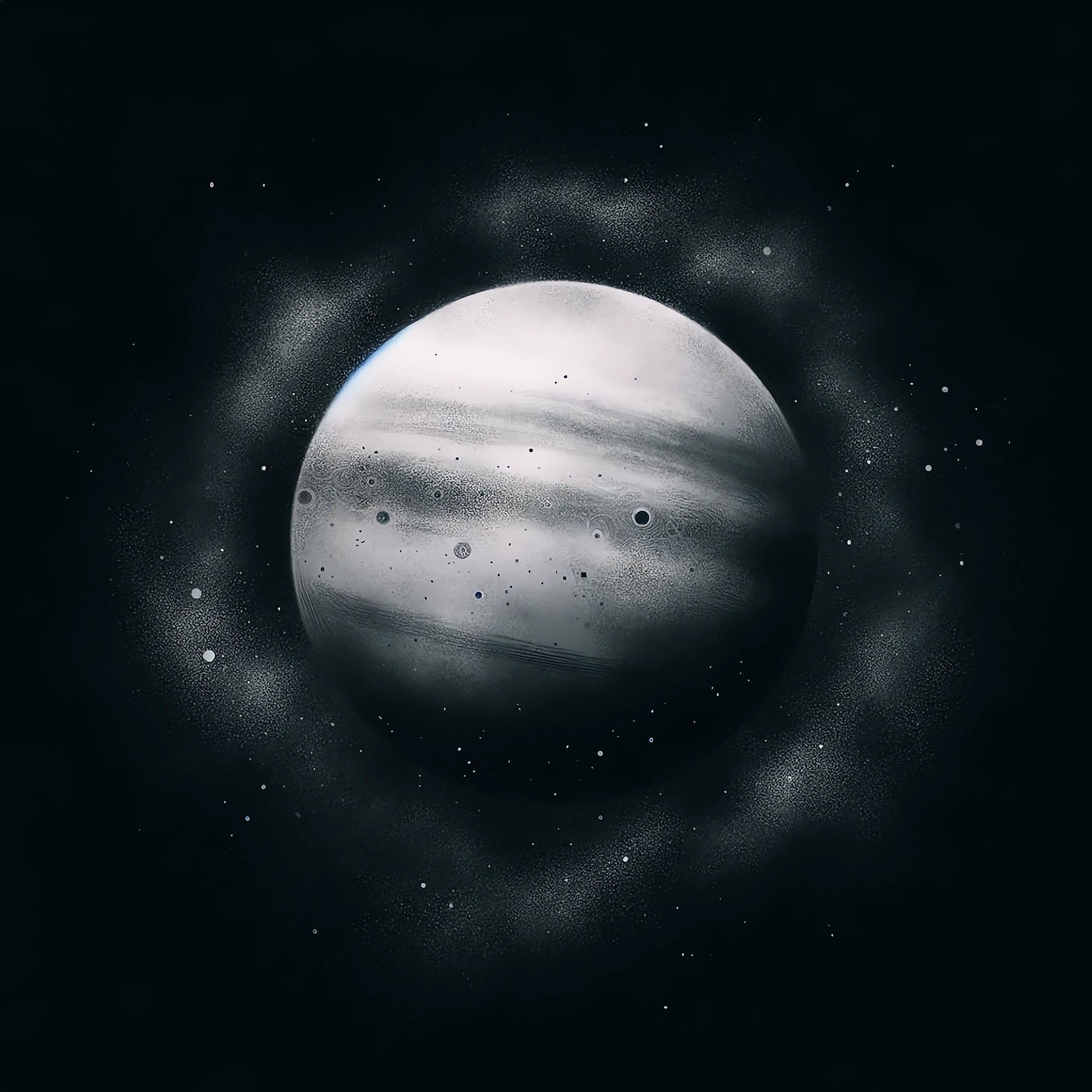
The Stray Planet That Escaped Our Solar System
As early as the 1840s, the existence of a planet that affects the orbits of Uranus and Neptune was theorized. After the discovery of Pluto in the early 20th century, astronomers initially believed it to be the long-sought ninth planet. However, this theory was later revised when it became clear that Pluto's gravitational pull was too weak to account for the observed perturbations in the orbits of Uranus and Neptune.
In January 2015, Caltech astronomers revealed research indicating the existence of a large planet with an elongated orbit in the outer solar system. However, this remains a mathematical model, and no such planet has been directly observed.
Historical Context
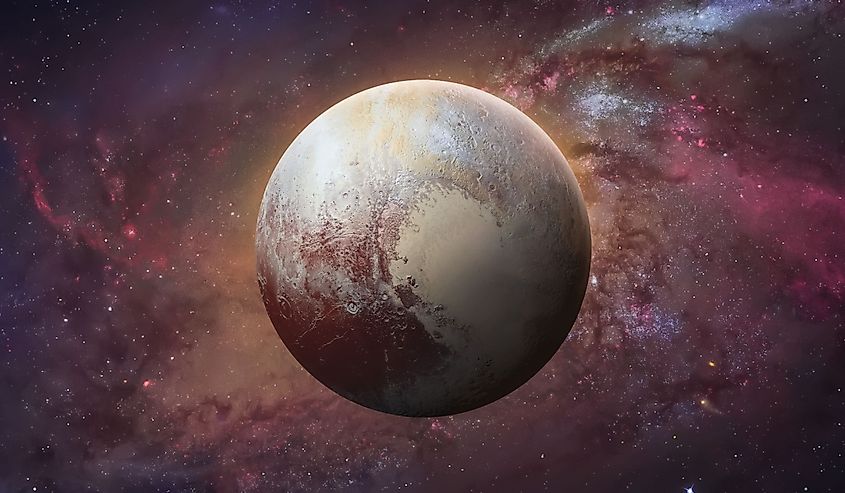
Upon discovering our most distant planet, Neptune, in 1846, scientists have been looking for this so-called Planet X. The theory was developed over the decades until it finally reached a much more coherent form at the beginning of the 20th century.
The theory suggests that since the orbital patterns of both Neptune and Uranus are so bizarre and unusual, this could point to another sizeable unseen planet that could be causing this odd behavior. American astronomer Clyde Tombaugh followed this theory and eventually discovered Pluto in 1930.
It was quickly determined that Pluto was not the culprit, causing Uranus and Neptune's orbits to be out of wack. Pluto was much too small to have such a profound impact on either planet. Both of which are much larger than Pluto itself. Whatever was causing this was still yet to be seen by humans.
Scientific Evidence and Research
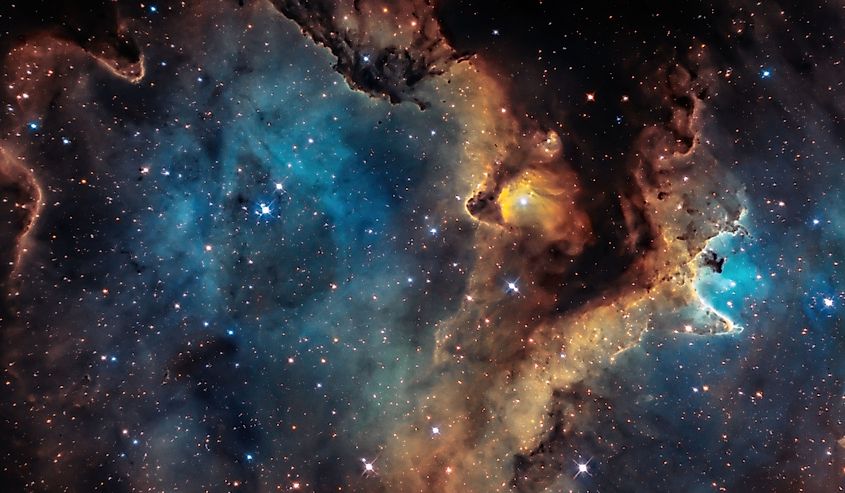
Since the popularization of the Big Bang Theory in the previous century, countless tests and research have been done to help give scientists a better understanding of what our early universe might have looked like. Some of the details still need to be clarified, but scientists can agree that the orbits of giant planets like Jupiter, Saturn, Neptune, and Uranus could have been unstable. In theory, this Planet X could have had a somewhat regular orbit until it was thrown off course and sent out into the furthest reaches of our solar system.
In some simulations that aim to represent the formation of our planets, this instability occurred 90% of the time. The orbits in our solar systems have been stable for billions of years at this point and only change slightly. So, a planet may exist out there that was knocked off course long ago and now has an incredibly long orbit around the sun.
Going off what it would theoretically take to impact the orbit of Nepute and Uranus, experts think that Planet X could be ten times larger than Earth and take between 10,000 - 20,000 years to orbit the Sun entirely. At its closest point to the Sun, Planet X would still be seven times further away than Neptune's.
Exhiled Planet Theory
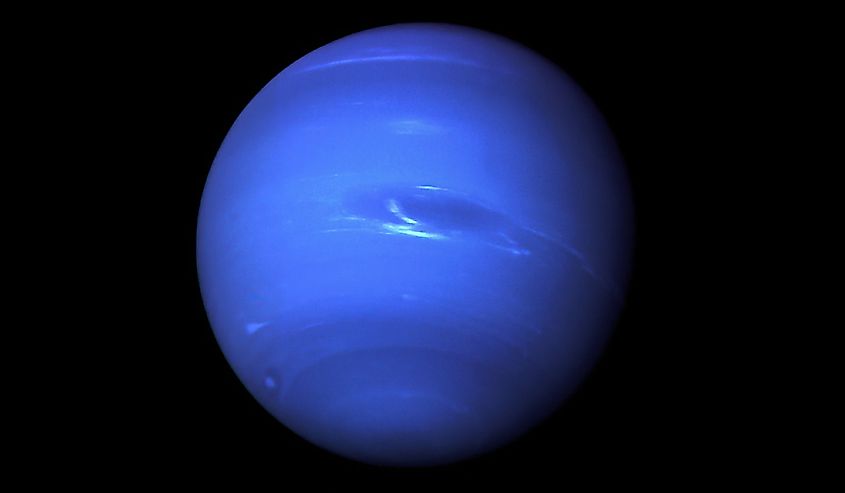
Planet X is assumed to be something that scientists call Super-Earths or Mini-Neptunes. Made up mostly of gas and rock, these planets appear to be incredibly common in the Milky Way Galaxy and have been spotted numerous times in other far-off solar systems.
Neptune and Uranus would fit into this category. Considering that both distant planets had a very violent and chaotic early history, there is certainly a chance that a third similar planet could have been knocked off course after colliding with other worlds.
Some scientists think that if there were a 9th planet that was formed like this, it would have been completely thrown out of our solar system, but there are still counters to this point. Others suggest that the sheer amount of dust and gas that would have been present in the early solar system could have slowed it down enough to keep it just within the gravitational pull of our Sun.
Implications on Solar System Dynamics
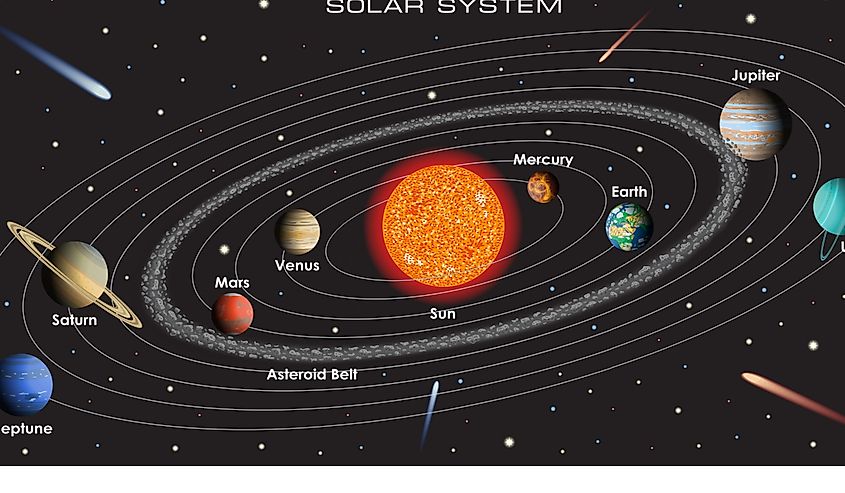
The possibility of Planet X's existence has led to some changes in how experts now think about the dynamics of our solar system. If Planet X is real, likely, the orbits of planets and other objects in our solar system are much more unpredictable and chaotic than previously thought.
The early details of our solar system's evolution sometimes need to be more apparent. If humans can find and study this mysterious planet that may or may not exist, we could paint a clearer picture of how it was formed and how our solar system was formed.
Another interesting theory about Planet X claims that its origins might not have formed from our solar system but originated from an alien system and was then thrust into the gravitational pull of our sun due to some unknown event.
Future Explorations

Due to the sheer distance of where this supposed planet is supposed to be located, it has yet to be possible to obtain any clear evidence of its existence. Cosmologists, mathematicians, and astronomers have been stuck using simulations and mathematical theories. That being said, improvements are being made.
With the increase in computer technology in the last few decades, more accurate simulations have been made, each painting a straightforward painting of how Planet X might have been formed and where it might be located.
If trends continue, there might be a good chance this mystery will be on its way to being solved sometime shortly.
In Conclusion
Once thought to be nothing more than a far-flung hypothetical, the reality of a 9th planet existing somewhere within our solar system is becoming more plausible with each passing year. As technology improves each generation, there is a much higher chance that the scientific community will finally get to the bottom of what has been the source of endless late-night discussions and wacky conspiracy theories once and for all.
The study of Planet X is not just the hunt of some rogue planet that was once a part of our young system billions of years ago, but it also reveals so much of how Earth and the other known planets in our solar system came into being.











